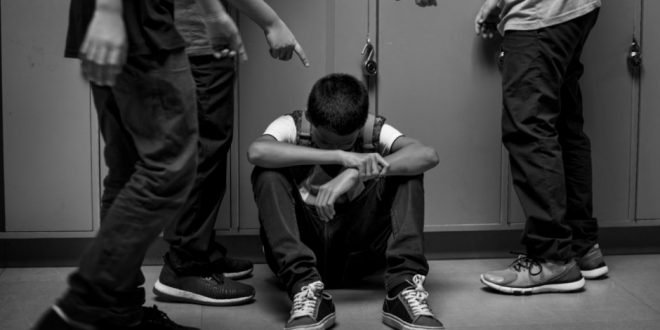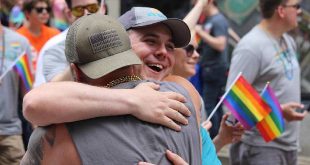Homophobia and transphobia continue to pose significant challenges in societies around the world, limiting the rights and opportunities of LGBTQ+ individuals. Overcoming these prejudices requires collective effort and the implementation of effective strategies. In this article, we will explore key strategies for combating homophobia and transphobia, fostering a more inclusive and accepting society.
Education and Awareness:
Education plays a crucial role in challenging and dismantling stereotypes, prejudices, and misconceptions about LGBTQ+ individuals. Implementing comprehensive sex education programs that include LGBTQ+ issues in schools can promote understanding and empathy. Additionally, raising awareness through campaigns, workshops, and community events can help dispel myths and foster acceptance.
Legal Protections and Policies:
Implementing and enforcing robust legal protections for LGBTQ+ individuals is essential. Laws should safeguard against discrimination, hate crimes, and ensure equal rights in employment, housing, healthcare, and education. Governments should also establish policies that recognize and support gender identity, allowing transgender individuals to live authentically and without fear of discrimination.
Visibility and Representation:
Increasing the visibility and representation of LGBTQ+ individuals in various sectors of society, including media, politics, and business, is crucial. When diverse LGBTQ+ voices are heard and seen, it challenges stereotypes and fosters acceptance. Promoting positive and accurate representations through inclusive media content and celebrating LGBTQ+ achievements can create a more inclusive narrative.
Allyship and Supportive Networks:
Encouraging allyship is vital for creating a supportive environment for LGBTQ+ individuals. Allies can actively challenge homophobia and transphobia, educate others, and provide a safe space for dialogue and understanding. Building supportive networks, both online and offline, such as LGBTQ+ support groups and organizations, offers essential resources and community connections.
Challenging Religious and Cultural Prejudices:
Addressing homophobia and transphobia within religious and cultural contexts is crucial. Engaging in respectful dialogues, promoting inclusive interpretations of religious texts, and working with religious and cultural leaders can help foster acceptance and challenge discriminatory beliefs. Creating spaces for LGBTQ+ individuals within religious and cultural communities can also promote understanding and reconciliation.
Mental Health Support:
Homophobia and transphobia often have detrimental effects on the mental health of LGBTQ+ individuals. Providing accessible and culturally competent mental health support services is crucial. Counseling, support groups, and helplines specifically tailored to the needs of LGBTQ+ individuals can offer vital resources for overcoming the psychological impact of discrimination.
Collaboration and International Advocacy:
Collaboration among governments, NGOs, and international organizations is key to addressing homophobia and transphobia on a global scale. Sharing best practices, supporting grassroots movements, and advocating for LGBTQ+ rights at national and international levels can drive significant change. Promoting inclusive policies globally and supporting LGBTQ+ rights movements in countries with more oppressive environments are essential steps toward a more inclusive society.
Overcoming homophobia and transphobia is a complex and ongoing process that requires multifaceted strategies. By promoting education, enacting comprehensive legal protections, increasing visibility, fostering allyship, challenging religious and cultural prejudices, providing mental health support, and advocating for LGBTQ+ rights internationally, we can create a society that is more inclusive, accepting, and supportive of all individuals, regardless of their sexual orientation or gender identity. Let us work together to build a future free from homophobia and transphobia.
Author’s Note:
This article reflects my personal views and aims to address the issue of overcoming homophobia and transphobia. While efforts have been made to provide comprehensive information, there may be certain areas that require further exploration. I encourage readers to engage in constructive discussions and share their thoughts, pointing out any errors or omissions they may come across. Your feedback is valuable in creating a more inclusive and accurate understanding of this topic.
Feel free to leave your comments, suggestions, and thoughts below. Together, let’s continue the conversation and work towards a society that embraces diversity and equality for all.
Note: Please remember to maintain a respectful and inclusive tone in your comments.
 Lesbian, Gay, Bisexual, Transgender & Intersex News Lesbian News, Gay News, Bisexual News, Transgender News, Intersex News, LGBTI News
Lesbian, Gay, Bisexual, Transgender & Intersex News Lesbian News, Gay News, Bisexual News, Transgender News, Intersex News, LGBTI News




